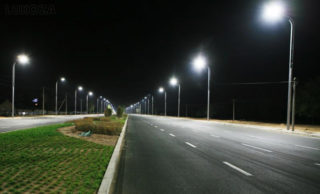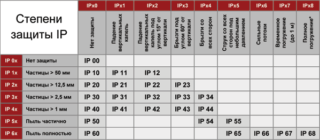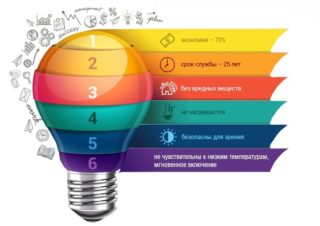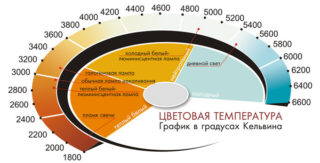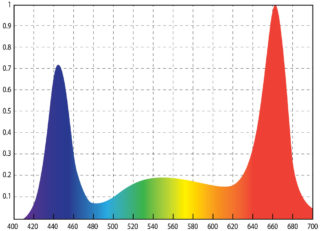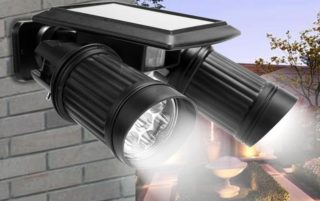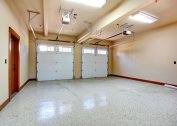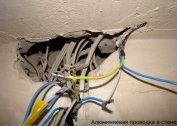Safe street lighting is the most important condition for a comfortable stay in the city. High-quality reliable light sources will become a real decoration of the streets. You can create street lighting even without large financial costs. When using LED light sources, energy will be significantly saved, especially if it is a luminaire with a motion sensor. There are special requirements for street lamps, which must be dealt with before making a purchase.
Varieties of street lights and classification
Street lamps on city lighting poles can be divided into groups depending on the lamp used. These include:
- LED sources;
- metal halide;
- high pressure sodium;
- Mercury high pressure.
By the type of energy source used, they emit:
- Electric lamps. They can be powered by either a battery or an accumulator, or by a mains.
- Devices powered by a solar battery.
An alternative energy source significantly reduces electricity costs. It is enough to buy the lamp itself. But it is important to consider that a lamp is fully charged only in clear sunny weather. In the autumn and winter, such devices will be ineffective.
The most popular, efficient and economical are outdoor LED light sources. LED devices are mounted on a pole, wall of a house or other support.
LED lights are classified according to different criteria. According to the intended purpose:
- Long range. Highlighting objects located at a distance.
- Flood light. Highlighting stadiums, parking lots and other large venues.
- Signaling. Used to transmit information.
- Accent. Local illumination of objects.
IP and moisture protection class:
- for enclosed spaces IP40;
- on the street IP64;
- for use under water (for example, in the pool or fountain) IP68.
By destination:
- Landscaping or garden. Often used flashlights on solar energy.
- Architectural.
- Lighting.
Diode lights can work on spot LEDs or arrays.
Advantages and disadvantages
 The production technology of LED components is constantly being upgraded. Old technology was complicated and expensive. This leads to a simplification and, consequently, a decrease in the cost of production. LEDs have a number of pluses and minuses that distinguish them from classic light sources. Benefits include:
The production technology of LED components is constantly being upgraded. Old technology was complicated and expensive. This leads to a simplification and, consequently, a decrease in the cost of production. LEDs have a number of pluses and minuses that distinguish them from classic light sources. Benefits include:
- Profitability. LEDs consume a minimum of electricity (about 10 times less than incandescent lamps).
- Quality lighting.
- Durability. When using a street LED lamp only in the dark, the service life can be 25 years.
- Independence of the number of on and off cycles. Lamps can operate many times, and this will not affect the overall resource of work.
- Quick turn on. Diodes do not need time to start.
- Wide range of operating temperatures. LEDs for the street can work in the range from -50 ° to + 50 ° C.
- Resistance to mechanical influences.
- No noise and flicker. Due to the lack of ripple, LEDs can be used to illuminate the highway.
- Ease of disposal, environmental safety.
- Fire safety, explosion safety. The case practically does not heat up, it is only a little warm, so the lamps cannot be a source of fire.
LED lights on poles of street lighting have disadvantages:
- High price. Despite the duration of operation and low energy consumption, the device itself has a rather high price. During the work, all financial investments must pay off.
- Thermal degradation of powerful components. For normal operation, you need a high-quality heat sink system. If the manufacturer saves on materials, the period of work is significantly reduced.
- The need to install a quality power supply. Otherwise, diodes are prone to breakage during power surges.
It is not recommended to buy cheap street LED lighting on poles of unknown origin. An unscrupulous manufacturer can save on lamp elements, which reduced the life of the device, and the device itself will not meet the declared characteristics.
Key Specifications
When choosing a device for outdoor lighting, it is important to pay attention to its technical characteristics.
- Working temperatures. It is recommended to take products operating from -60 ° to + 40 ° C. The parameter is determined depending on the ambient temperature of the region in which the lamp is placed.
- Protection class. Determines the possibility of stable operation in outdoor conditions with high levels of dust and precipitation.
- Supply voltage. Recommended from 100 to 265 V.
- Power consumption.
- Light flow. It depends on power and is defined as the magnitude of the visible light flux by the human eye.
- Luminous efficiency. 80-100 Lm / W. How much light a lamp emits at 1 watts.
- Radiation angle. Shows how much the flashlight illuminates.
- Power factor. It depends on the driver. In a quality product should be f> 0.95.
- Colour temperature. Shows a hue of white. On the streets are usually placed 4000-5000 K.
- Color rendering index. Determines how much the colors of the highlighted objects differ from the natural. High-quality color reproduction is achieved at 80 Ra and higher.
- Ripple coefficient. It should be in the range from 0 to 20%, in a quality device it does not exceed 5%.
- Operating time. 50-100 thousand hours.
- The presence of built-in motion sensors, light, noise.
- Sizes. Depend directly on power.
- Weight. Depends on the power.
Not all manufacturers indicate the listed characteristics in the documentation. Usually this is due to the desire to hide the real level of lamp operation. Verified manufacturers, who value their reputation, prescribe as many parameters as possible in the device passport.
Lamps with sensors
Lamps with a sensor can significantly save money. This is due to the fact that they work only when necessary. The following sensors can be used in flashlights:
- movement
- illumination;
- noise.
Instruments with motion sensors are the most popular. The lamp will shine only when a movement of a person is detected in the visibility zone. The device may falsely trigger on animals, so it should be properly configured.
To make the lamp work only in the dark, light sensors are used. They measure the level of light and turn on the device as needed. It is optimal to buy a LED flashlight with a motion and light sensor at the same time.
Devices with a noise sensor respond to preset sounds. It can be a clap of hands, the sound of steps, a voting team. Due to the high risk of false positives, they are rarely used, only in private areas.
Bulbs with sensors are installed in cottages, in the territories of private houses, with backlighting of courtyard zones or parks.
